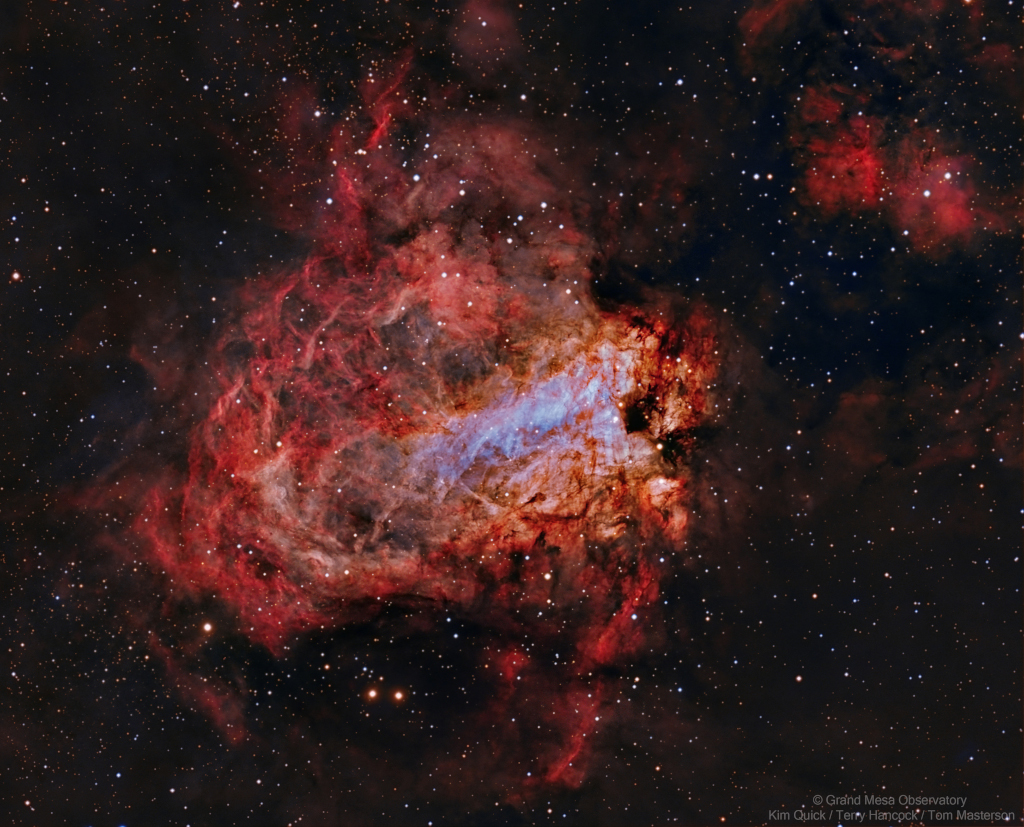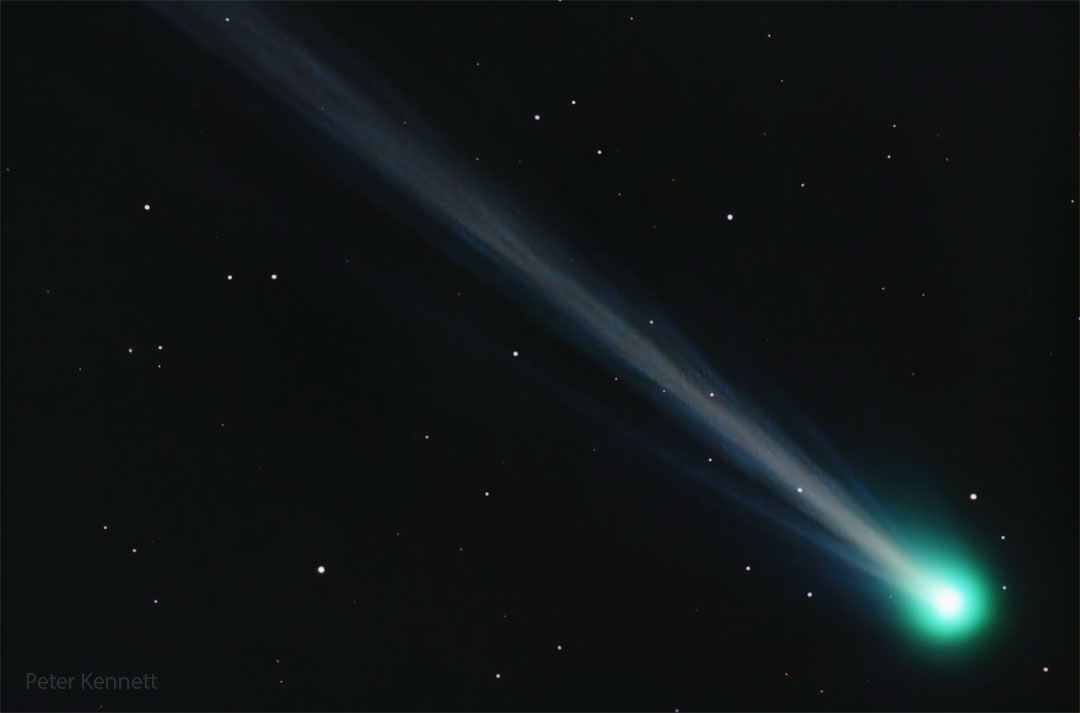Blog
Leo Kottke (born September 11, 1945) is an acoustic guitarist. He is known for a fingerpicking style that draws on blues, jazz, and folk music, and for syncopated, polyphonic melodies. He has overcome a series of personal obstacles, including partial loss of hearing and a nearly career-ending bout with tendon damage in his right hand, to emerge as a widely recognized master of his instrument. He resides in the Minneapolisarea with his family.
Focusing primarily on instrumental composition and playing, Kottke also sings sporadically, in an unconventional yet expressive baritone described by himself as sounding like “geese farts on a muggy day”. In concert, Kottke intersperses humorous and often bizarre monologues with vocal and instrumental selections from throughout his career, played solo on six and twelve string guitars.
Born in Athens, Georgia, Kottke moved with his parents so frequently that he was raised in twelve different states. As a youth living in Muskogee, Oklahoma, he was influenced by folk and delta blues music, notably that of Mississippi John Hurt. Kottke learned to play trombone and violin before trying the guitar and developing his own unconventional picking style.
more...Victor Lemonte Wooten (born September 11, 1964) is an American bassist, songwriter, and record producer. He has been the bassist for Béla Fleck and the Flecktones since the group’s formation in 1988 and a member of the band SMV with two other bassists, Stanley Clarke and Marcus Miller. From 2017 to 2019 he recorded as the bassist for the metal band Nitro.
He owns Vix Records, which releases his albums. He wrote the novel The Music Lesson: A Spiritual Search for Growth Through Music. He later released the book’s sequel, The Spirit of Music: The Lesson Continues, on February 2, 2021.
Wooten is the recipient of five Grammy Awards. He won the Bass Player of the Year award from Bass Player magazine three times and is the first person to win the award more than once. In 2011, he was ranked No. 10 in the Top 10 Bassists of All Time by Rolling Stone magazine.
In 2018–2019 Wooten was diagnosed with a rare neurological condition called focal dystonia in his hands and upper body, which had been limiting his ability to play in previous years, but has since abated somewhat.
Born to Dorothy and Elijah Wooten, Victor is the youngest of the five Wooten brothers; Regi, Roy, Rudy, and Joseph Wooten are all musicians. Regi began to teach Victor to play bass when he was two, and by the age of six, he was performing with his brothers in their family band, The Wooten Brothers Band. As a United States Air Force family, they moved often when Wooten was young. The family settled in Newport News, Virginia, in 1972. Wooten graduated from Denbigh High School in 1982.
more...Hiram Law Bullock (September 11, 1955 – July 25, 2008) was an American guitarist known mainly for playing in jazz funk and jazz fusion, but he also worked as a session musician in a variety of genres.
Bullock was born in Osaka, Japan, to African American parents serving in the U.S. military. At the age of two he returned to Baltimore, Maryland, with his parents and showed musical talent. He studied piano at the city’s Peabody Conservatory of Music, giving his first public performance at the age of six. After playing saxophoneand bass guitar, he took up the electric guitar at age sixteen.
more...Roosevelt “Baby Face” Willette (September 11, 1933 – April 1, 1971) was an American hard bop and soul-jazz musician who played the Hammond organ. He was born Roosevelt James Willett (no “e”), in Little Rock, Arkansas, in 1933 according to researchers Bob Eagle and Eric LeBlanc, though other sources state 1934 or 1937. According to the liner notes on his first Blue Note album, Grant’s First Stand, Willette was born in New Orleans.
His mother was a missionary who played the piano in the church where his father was a minister. As a result, his musical roots were in gospel. Willette became involved in music by playing the piano for various gospel groups, and accompanied his sisters Dorothy and Georgia, who toured and recorded as the Willett Sisters. He spent his early career travelling across the United States, Canada and Cuba, as pianist with the bands of King Kolax, Joe Houston, Johnny Otis and Big Jay McNeely, among others.
more...
Sculpted by stellar winds and radiation, the star factory known as Messier 17 lies some 5,500 light-years away in the nebula-rich constellation Sagittarius. At that distance, this 1/3 degree wide field of view spans over 30 light-years. The sharp composite, color image highlights faint details of the region’s gas and dust clouds against a backdrop of central Milky Way stars. Stellar winds and energetic light from hot, massive stars formed from M17’s stock of cosmic gas and dust have slowly carved away at the remaining interstellar material, producing the cavernous appearance and undulating shapes. M17 is also known as the Omega Nebula or the Swan Nebula.

William B. Lawsha, better known as Prince Lasha , (September 10, 1929 – December 12, 2008)was an American jazz alto saxophonist, baritone saxophonist, flautist, clarinetist and English horn player.
He was born in Fort Worth, Texas,[2][3][4] where he came of age studying and performing alongside fellow I.M. Terrell High Schoolstudents John Carter, Ornette Coleman, King Curtis, Charles Moffett, and Dewey Redman.
Lasha moved to California during the 1950s. In the 1960s, he was active in the burgeoning free jazz movement, of which his Fort Worth cohort Ornette Coleman was a pioneer. Lasha recorded with Eric Dolphy (Iron Man and Conversations, both in 1963) and the Elvin Jones/Jimmy Garrison Sextet featuring McCoy Tyner (Illumination!,also in 1963).
more...Herman Davis “Dave” Burrell (born September 10, 1940) is an American jazz pianist. He has played with many jazz musicians including Archie Shepp, Pharoah Sanders, Marion Brown and David Murray.
Born in Middletown, Ohio, United States, Burrell grew fond of jazz at a young age after meeting Herb Jeffries. Burrell studied music at the University of Hawaii from 1958 to 1960, then, beginning in 1961, attended the Berklee College of Music in Boston, graduating with degrees in composition/arranging and performance in 1965.While in Boston, he played with Tony Williams and Sam Rivers.
more...Henry Purcell 10 September 1659 – 21 November 1695) was an English composer of Baroque music.
Purcell’s musical style was uniquely English, although it incorporated Italian and French elements. Generally considered among the greatest English opera composers, Purcell is often linked with John Dunstaple and William Byrd as England’s most important early music composers. No later native-born English composer approached his fame until Edward Elgar, Ralph Vaughan Williams, Gustav Holst, William Walton and Benjamin Britten in the 20th century. Purcell died on 21 November 1695 at his home in Marsham Street,[n 3] at the height of his career.[27] He is believed to have been 35 or 36 years old at the time. The cause of his death is unclear: one theory is that he caught a chill after returning home late from the theatre one night to find that his wife had locked him out. Another is that he succumbed to tuberculosis.
more...Comet Nishimura is growing. More precisely, the tails C/2023 P1 (Nishimura) are growing as it nears the Sun. Discovered only last month, the comet is already near naked eye brightness as it now moves inside the Earth’s orbit. The comet will be nearest the Earth next week, but nearest the Sun the week after — on September 17. Speculation holds that expelled ice and dust from Comet Nishimura‘s last visit to the inner Solar System may have created the Sigma Hydrids meteor shower which peaks yearly in December. If so, then this meteor shower may become more active, refreshed with new comet debris. Pictured, Comet Nishimura was captured from Edgewood, New Mexico, USAfour nights ago, showing a long ion tail structured by interactions with the Sun’s wind. Look for this comet near your eastern horizon just before sunrise for the next few mornings, but very near your western horizon just after sunset next week — as its coma continues to brighten and its tails continue to grow.

Douglas Lloyd Ingle (born September 9, 1945) is an American musician, best known as the founder and former organist, primary composer, and lead vocalist for the band Iron Butterfly. Ingle wrote the band’s iconic song “In-A-Gadda-Da-Vida“, which was first released in 1968. He is the last surviving member of the classic 1967–1969 lineup.
Ingle had a short stint with the pop group Stark Naked and the Car Thieves in the early 1970s after he left Iron Butterfly.
Ingle was born in Omaha, Nebraska. His father Lloyd, a church organist, introduced him to music at an early age. Ingle moved from his native Nebraska within three months of his birth to the Rocky Mountains and later the family moved to San Diego.
more...Otis Ray Redding Jr. (September 9, 1941 – December 10, 1967 Dawson, GA) was an American singer and songwriter. He is regarded as one of the greatest singers in the history of American popular music and a seminal artist in soul music and rhythm and blues. Nicknamed the “King of Soul“, Redding’s style of singing gained inspiration from the gospel music that preceded the genre. His singing style influenced many other soul artists of the 1960s.
Redding was born in Dawson, Georgia, and at age two, moved to Macon. Redding quit school at age 15 to support his family, working with Little Richard‘s backing band, the Upsetters, and by performing in talent shows at the historic Douglass Theatre in Macon. In 1958, he joined Johnny Jenkins‘s band, the Pinetoppers, with whom he toured the Southern states as a singer and driver. An unscheduled appearance on a Staxrecording session led to a contract and his first hit single, “These Arms of Mine“, in 1962.
Stax released Redding’s debut album, Pain in My Heart, two years later. Initially popular mainly with African-Americans, Redding later reached a wider American pop music audience. Along with his group, he first played small shows in the American South. Redding later performed at the popular Los Angeles night club Whisky a Go Go and toured Europe, performing in London, Paris and other major cities. He also performed at the Monterey Pop Festival in 1967.
Shortly before his death in a plane crash, Redding wrote and recorded his iconic “(Sittin’ On) The Dock of the Bay” with Steve Cropper. The song became the first posthumous number-one record on both the BillboardHot 100 and R&B charts. The album The Dock of the Bay was the first posthumous album to reach number one on the UK Albums Chart. Redding’s premature death devastated Stax. Already on the verge of bankruptcy, the label soon discovered that the Atco division of Atlantic Records owned the rights to his entire song catalog.
Redding received many posthumous accolades, including two Grammy Awards, the Grammy Lifetime Achievement Award and induction into the Rock and Roll Hall of Fame, the Black Music & Entertainment Walk of Fame, and the Songwriters Hall of Fame. In addition to “(Sittin’ On) The Dock of the Bay”, “Respect” and “Try a Little Tenderness” are among his best-known songs. On December 9th 1967 Redding died in a plane crash near Madison, WI at age 26.
more...
Elvin Ray Jones (September 9, 1927 – May 18, 2004) was an American jazz drummer of the post-bop era.
Most famously a member of John Coltrane‘s quartet, with whom he recorded from late 1960 to late 1965, Jones appeared on such albums as My Favorite Things, A Love Supreme, Ascension and Live at Birdland. After 1966, Jones led his own trio, and later larger groups under the name The Elvin Jones Jazz Machine. His brothers Hank and Thad were also celebrated jazz musicians with whom he occasionally recorded. Elvin was inducted into the Modern Drummer Hall of Fame in 1995. In his The History of Jazz, jazz historian and critic Ted Gioia calls Jones “one of the most influential drummers in the history of jazz.” He was also ranked at Number 23 on Rolling Stone magazine’s “100 Greatest Drummers of All Time”.
Elvin Jones was born in Pontiac, Michigan, to parents Henry and Olivia Jones, who had moved to Michigan from Vicksburg, Mississippi. His elder brothers were pianist Hank Jones and trumpeter Thad Jones, both highly regarded musicians. By age two he said drums held a special fascination for him. He would watch the circus parades go past his home as a child, and was particularly excited by the marching band drummers.
more...Working with Cantor Jennifer-Strauss Klein at Mt Zion Temple for the Shabbat for the Soul service Friday 9-8-23 630pm
more...
The swirls of the galaxy IC 1776 stand in splendid isolation in this image from the NASA/ESA Hubble Space Telescope. This galaxy lies over 150 million light-years from Earth in the constellation Pisces. IC 1776 recently played host to a catastrophically violent explosion — a supernova — which was discovered in 2015 by the Lick Observatory Supernova Search, a robotic telescope which scours the night sky in search of transient phenomena such as supernovae. A network of automatic robotic telescopes are spread across the globe, operated by both professional and amateur astronomers, and, without human intervention, reveal short-lived astronomical phenomena such as wandering asteroids, gravitational microlensing, or supernovae. Hubble investigated the aftermath of the supernova SN 2015ap during two different observing programmes, both designed to comb through the debris left by supernovae explosions in order to better understand these energetic events. A variety of telescopes automatically follow up the detection of supernovae to obtain early measurements of these events’ brightnesses and spectra. Complementing these measurements with later observations which reveal the lingering energy of supernovae can shed light on the systems which gave rise to these cosmic cataclysms in the first place. [Image description: A spiral galaxy. It is irregularly-shaped and its spiral arms are difficult to distinguish. The edges are faint and the core has a pale yellow glow. It is dotted with small, wispy, blue regions where stars are forming. A few stars and small galaxies in warm colours are visible around it.]

More Posts
- Daily Roots Vin Gordon
- Temple Israel Erev Shabbat
- Cosmos IIZW96
- Bette Middler
- Woody Allen
- Jaco Pastorius
- Flamenco Fridays Antoine Tato Garcia
- Daily Roots Lennie Hibbert
- Cosmos LEDA 2046648
- Shuggie Otis
- Robert Nighthawk
- World Music Akata Kolo Orchestra
- Daily Roots Dub Specialist
- Cosmos VdB 152
- Chuck Mangione
- Billy Hart
- John Mayhall
- World Percussion Ghatam Giridhar Udupa
- Daily Roots The Dynamites
- Cosmos LBN 86